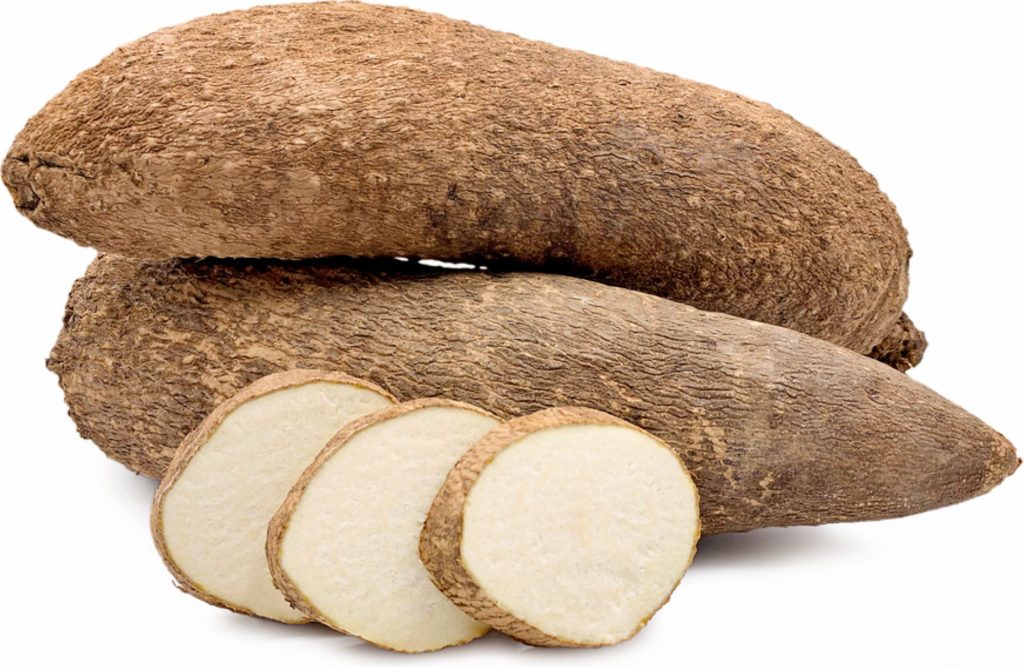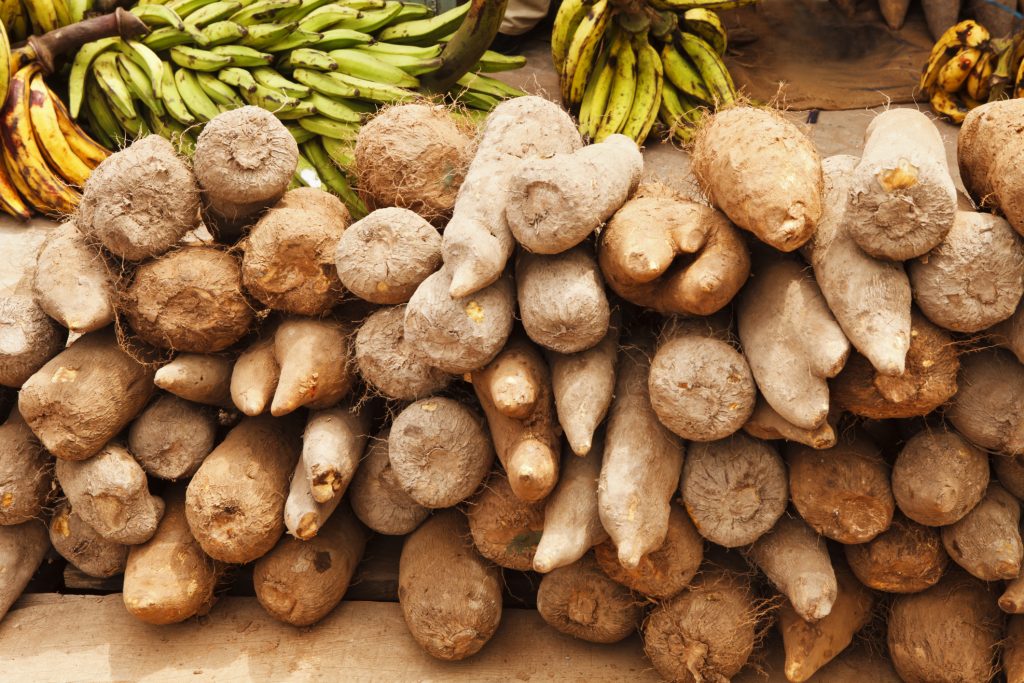As you prepare your holiday sweet potato casserole, your dog hovers in the kitchen, nose twitching. Can pets enjoy yams too or are these vegetables unsafe for canine consumption?
The answer is yes, dogs can eat yams cooked and prepared properly! Yams offer some excellent nutritional benefits for dogs including vitamins, minerals, and fiber.
However, there are some risks to be aware of as well, from choking hazards to pesticides. As with any human food, moderation is key when sharing yams with your pup.
In this article, we’ll explore the health benefits yams can provide dogs along with preparation and serving tips to ensure safe consumption. Let’s dig in!
Nutritional Value of Yams for Dogs
Yams offer a wide array of healthy nutrients for dogs, including:
- Vitamin A – Supports healthy vision, bones, skin, coat and immune function.
- Vitamin C – Boosts immunity and acts as an antioxidant to fight cellular damage from free radicals.
- Potassium – Important electrolyte for muscle, nerve health, and fluid balance regulation.
- Fiber – Improves digestion, aids weight management, and stabilizes blood sugar levels.
- Manganese – Promotes bone health and metabolizes carbs, proteins, and cholesterol.
- Antioxidants – Beta carotene, anthocyanin and vitamin C help reduce inflammation and disease risk.
In reasonable quantities, yams make an excellent source of vitamins, minerals, and fiber for dogs. Now let’s look at preparation.

Are Yams Easy for Dogs to Digest?
The natural sugars and soluble fiber in yams are generally easy for dogs to digest in moderation. However, some dogs may experience:
- Gas or bloating from the starch and fiber content
- Loose stools if fed too much
- Allergic reactions
To optimize digestion and safety when feeding yams, always cook thoroughly and introduce new treats slowly in small amounts. Monitor stool health closely and discontinue feeding if any adverse reactions occur.
How to Feed Yams Safely
Follow these tips for safe preparation when feeding yams:
- Wash thoroughly and peel to remove pesticides, dirt, and bacteria
- Dice yams into bite-sized pieces to reduce choking risk
- Cook until very soft by baking, boiling, or microwaving
- Test temperature before feeding and allow to cool if too hot
- Mix a few pieces into your dog’s regular food
- Start with just 1-2 spoonfuls for small dogs, 1-2 tablespoons for large breeds
- Refrigerate leftovers promptly and serve within 3 days
Adhering to these rules will help your dog enjoy yams safely and gain the potential nutritional benefits.
Are Cooked Yams Safe for Puppies?
Puppies under 1 year old should only eat very softened, mashed yam pieces to reduce choking risk. Wait until at least 6 months old for raw veggies which are harder to digest.
Start with just a bite of cooked yam in their regular food and gradually increase up to 1-2 tablespoons maximum for a large breed puppy. As always, monitor stool health closely when introducing new foods.

What Parts of Yams Are Unsafe for Dogs?
While cooked yam flesh is safe, avoid feeding dogs:
- Raw yams – cook thoroughly to soften fiber for digestion
- Leftovers sitting longer than 3 days – spoilage bacteria can grow
- Skins or peels – may obstruct intestines if swallowed
- Any green spots – indicative of solanine alkaloid toxins
- Yam plants or foliage – toxic and containing saponins
Stick to cooked yam flesh only. Discard all other parts or avoid yams altogether if your dog seems likely to grab unattended produce in the kitchen.
Can Dogs Have Yams With Marshmallows?
It’s best to avoid giving dogs any version of candied yams containing marshmallows, brown sugar, or other sugary ingredients. The add-ons provide no health benefits and may cause gastrointestinal upset. Stick to plain cooked yams only.
How Much Yam Can Dogs Eat?
A few small, cooked pieces of yam 2-3 times per week makes a healthy treat for most dogs. Appropriate serving sizes vary by breed size:
- Small dogs: 1-2 bites maximum
- Medium dogs: 1-2 tablespoons
- Large dogs: Up to 1/4 cup
- Puppies: Just a taste initially
Ultimately, yams should represent only a small portion of your dog’s overall diet. Overfeeding can lead to weight gain or diarrhea.
Answers to Common Yam Questions
Still have some questions about feeding yams to dogs? Here are some common inquiries:
Are yams healthier than sweet potatoes for dogs?
Both provide similar benefits and are safe in moderation. Sweet potatoes contain slightly more antioxidants and vitamins, but both are nutritious options.
Can I give my diabetic dog yams?
Maybe in very small amounts, but always consult your vet first. Yams have around 15 grams of carbohydrates and 4 grams of sugar per 100 grams.
Will yams help my dog gain weight?
Yes, the high starch content can contribute to weight gain if overfed. Yams make a healthy treat but not balanced meal replacement.
Can dogs eat the yam skins?
No, the skins are difficult to digest and may cause obstructions or choking. Always peel yams before cooking for dogs.
What’s the difference between yams and sweet potatoes?
Yams have thicker skin, white/purple flesh, and a starchier texture. Sweet potatoes are softer, orange-fleshed, and higher in beta carotene. Both can be fed to dogs.
In summary, yams make a fun, nutritious occasional treat for dogs when cooked thoroughly and fed properly. Practice caution, monitor reactions, and enjoy responsibly! Let us know if you have any other questions about dogs and food.



